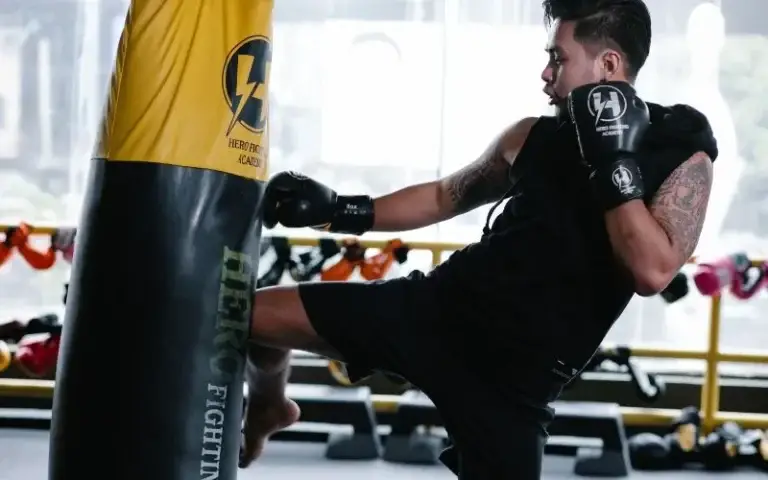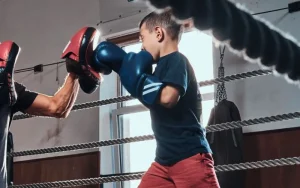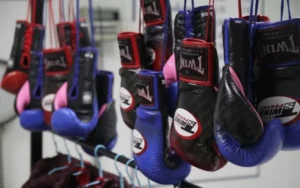Muay Thai or boxing, which is better? This age-old debate sparks passion among martial arts enthusiasts, each style boasting unique strengths. Muay Thai, with its dynamic kicks and elbow strikes, contrasts with boxing’s precise punch combinations and swift footwork. Choosing between them depends on your goals, whether it’s self-defense, competition, or building a solid martial arts foundation.
Muay Thai or Boxing for Beginners?
Starting your martial arts journey can feel overwhelming, especially when choosing between Muay Thai and boxing. At Art of Kickboxing in Richmond, BC, beginners can build a strong foundation in kickboxing, which blends elements of both combat styles. This approach allows you to develop skills transferable to either Muay Thai or boxing without committing to one immediately.
Kickboxing introduces punch techniques, like the straight punch, kick techniques like the teep and side kicks, and the basic footwork which prepares you for the distinct demands of each style. By training with modern boxing gloves and groin protectors, you gain confidence in a safe environment, setting the stage to become a competent boxer or Thai fighter.
Differences in Footwork
Footwork is a critical distinction between Muay Thai and boxing. Muay Thai footwork, rooted in Muay Boran from the 13th century, is more static yet versatile, designed for stability during body kicks, leg kicks, and knee strikes. Thai fighters often use push kicks or a foot jab to control distance, requiring a balance between protection and attack.
Boxing footwork, refined since the 18th century in British boxing, emphasizes lateral movement and an upright stance to evade incoming attacks. Boxers pivot on their rear foot, maintaining a proper stance for quick, accurate punches. These differences make transitioning between styles challenging but rewarding for advance fighters.
Muay Thai and Boxing for Self-Defense?
When it comes to self-defense, the best strategy is to avoid confrontation entirely—running away is safer than engaging. Both Muay Thai and boxing teach devastating techniques that could seriously injure an ordinary person, like a broken nose from a destructive punch or elbow strikes in Muay Thai. Using these skills irresponsibly in a street fight or unregulated fight risks legal and ethical consequences, as both martial arts are designed for controlled environments like the infamous Rajadamnern Stadium or Lumpinee Boxing Stadium.
Muay Thai & Boxing in a Street Fight Scenario
In a life-or-death scenario where escape isn’t possible, Muay Thai provides advantages over boxing in a street fight. Its diverse arsenal—including body kicks, leg kicks, knee strikes, and the reverse elbow kick spin—provides greater range and versatility compared to boxing’s focus on upper body punch combinations. A seasoned fighter like Buakaw Banchamek could use a left kick or push kicks to maintain optimal distance, neutralizing threats at closer distances.
Boxing, while effective with power shots and decent hands, relies on punching range, which may falter against someone with a dangerous style that attempts to get you to the ground. However, in non-lethal situations, both martial arts are practical for quick counter-attacks.
Muay Thai vs Boxing: Who Would Win?
Predicting a winner in a Muay Thai versus boxing match isn’t straightforward—it depends on the individual fighter’s skill level and day combat experience. A professional boxer, trained in boxing competitions since the 20th century, excels in delivering accurate punches with modern boxing gloves, which offer extra padding compared to the reduced padding in Muay Thai gloves.
However, Thai boxers, like those competing in Muay boxing competitions, have a broader fighting style. Their ability to land a fight finisher like a leg kick or elbow strike gives them a significant edge, especially in real fights where kicks disrupt a boxer’s rhythm. Ultimately, Muay Thai’s grater range and versatility often tip the scales.





















